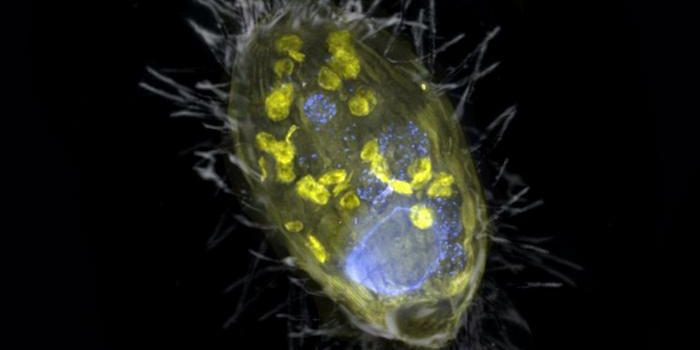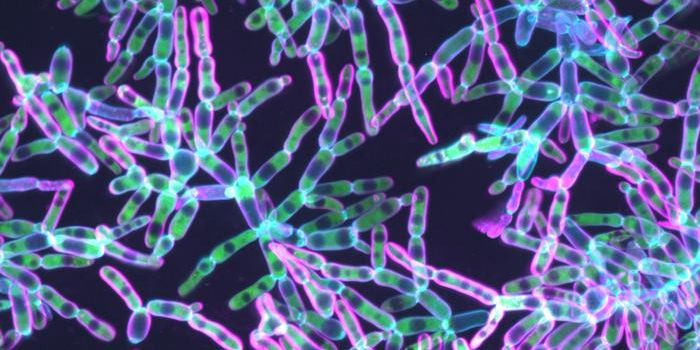Why People with Down's Syndrome are at Higher Risk of Leukemia
Compared to the general population, individuals with Down's syndrome (or Down syndrome) have a higher risk of developing leukemia. Researchers have now found an explanation for this connection, which involves changes in red blood cells in those with Down's. Outcomes for affected children can vary; some forms of leukemia are treatable while others are not, and more therapeutic options are needed. These findings, which have been reported in Nature, may eventually help create better outcomes for these individuals.
Down's syndrome occurs in about one of every 700 children worldwide, and arises when a child is born with an extra copy of chromosome 21, a condition also known as trisomy 21. This leads to the development of certain physical characteristics and some learning disabilities. There are also abnormally high levels of red blood cells in newborns with Down's, and their risk of leukemia can be as much as 150 times higher than unaffected children.
The investigators analyzed the genomic sequences of more than 1.1 million cells that were obtained from fetuses with Down's, and unaffected controls. This work has shown that the extra chromosome 21 carried by these children changes how the genome is compacted and structured in cells, which leads to alterations in gene regulation that increase leukemia risk. The structural changes in DNA are also not the same from one type of tissue or cell to another.
"Interestingly, the dysregulations are not uniform and vary depending on the cell type and its environment," explained senior study author Professor Ana Cvejic of the University of Copenhagen. "We found, for example, that blood stem cells in individuals with Down syndrome show dysregulations of genes involved in making red blood cells, explaining the symptoms in newborns."
The study also revealed that the blood stem cells carried by those with Down's have an abnormally high number of mitochondria. While mitochondria are well known as the energy-generating organelles of the cell, too many of them can lead to the production of harmful molecules known as reaction oxygen species, which cause cell damage.
First study author Dr. Andrew Marderstein of Stanford University noted that reactive oxygen species attack DNA, and can generate genetic mutations that may lead to the development of pre-leukemia and then leukemia itself.
"This study is the largest of its kind, and it shows that the environment and genetic makeup of cells are crucial in understanding how blood cells and leukemia develop," added Cvejic.
Sources: University of Copenhagen, Nature









